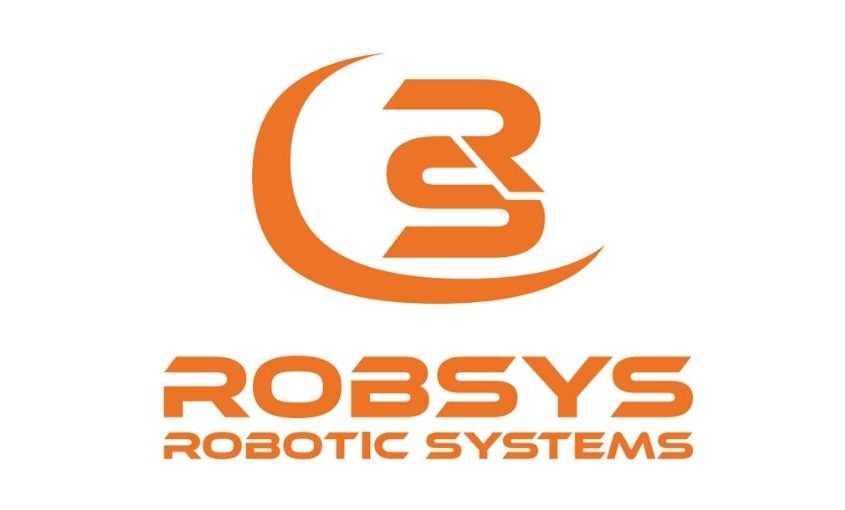If solar power plants (SPPs) are not cleaned regularly, the energy production efficiency can decrease significantly. Dust, dirt, bird droppings, leaves, and other contaminants that accumulate on the surface of solar panels block sunlight from reaching the panel. This directly affects the amount of energy the panels can produce, leading to energy production losses. So, what happens if SPPs are not cleaned, and how does this result in economic loss?
Energy Production Losses
Solar panels covered with contaminants receive less sunlight, producing less electricity. Studies have shown that dirt accumulation on solar panels can lead to energy production losses of between 5% and 20%.
For example, a solar power plant in a dusty area may lose up to 20% of its annual energy production. This loss can vary depending on factors like the panel’s location, angle, and environmental conditions. In some cases, where panels are not cleaned for an extended period, the energy production loss can reach up to 50%.
Economic Losses
The energy production losses due to dirty panels directly translate into economic losses. When calculated based on the average energy sales price, these losses can be significant. In Turkey, starting from July 1, 2024, the following distribution fees are applicable:
• For unlicensed electricity producers, the distribution fee is 117.1606 kuruş/kWh.
• For producers, the distribution fee is approximately 23.0911 kuruş/kWh, an increase of about 32%.
• For renewable energy-based unlicensed electricity producers, as per Law No. 5346, the fee is 36.9322 kuruş/kWh since May 10, 2019.
To calculate the economic loss from a 5% energy production loss in a 1 MW solar power plant, we need to find the plant’s annual production capacity using the average solar radiation value and sunlight hours in Turkey.
First, let’s calculate the annual energy production for a 1 MW solar power plant: Annual Production (kWh) = Capacity (kW) × Sunlight Hours (h) × Efficiency Annual Production = 1000 kW × 2741 h × 0.75
Annual Production = 2,055,750 kWh
If there is a 5% production loss, the lost energy production will be: Energy Loss (kWh) = Annual Production (kWh) × Loss Percentage Energy Loss (kWh) = 2,055,750 kWh × 5%
Energy Loss (kWh) = 102,787.50 kWh
The economic loss due to a 5% production loss would be: Economic Loss (TL) = Energy Loss (kWh) × Energy Sales Price (kuruş/kWh) Economic Loss (TL) = 102,787.50 kWh × 117.1606 kuruş/kWh
Economic Loss (TL) = 120,437.39 TL
So, a 1 MW solar power plant would incur an economic loss of approximately 120,437.39 TL due to a 5% energy production loss. This highlights the importance of regular cleaning and maintenance for solar power plants to prevent energy and economic losses.
This calculation is for a 1 MW solar power plant. For larger plants or higher energy production losses, the economic losses would be even greater.
Other Negative Effects
The failure to clean SPPs not only leads to energy and economic losses but can also have a long-term impact on the panels’ lifespan. Dirty surfaces can cause uneven temperature distribution on the panel, creating thermal stress (hot spots). Over time, these stresses can damage the panel components, leading to premature failure of the panels.
Solution: Regular Cleaning and Maintenance
To ensure optimal performance, SPPs must undergo regular cleaning and maintenance. Cleaning should be performed by professional teams using appropriate equipment and techniques. Regular cleaning minimizes energy production losses, prevents economic losses, and extends the panels’ lifespan, thereby protecting the long-term investment.
In conclusion, failure to clean SPPs can result in significant energy production losses, which in turn lead to considerable economic losses. Regular cleaning and maintenance ensure maximum efficiency and help maintain the value of the investment in the long term.

